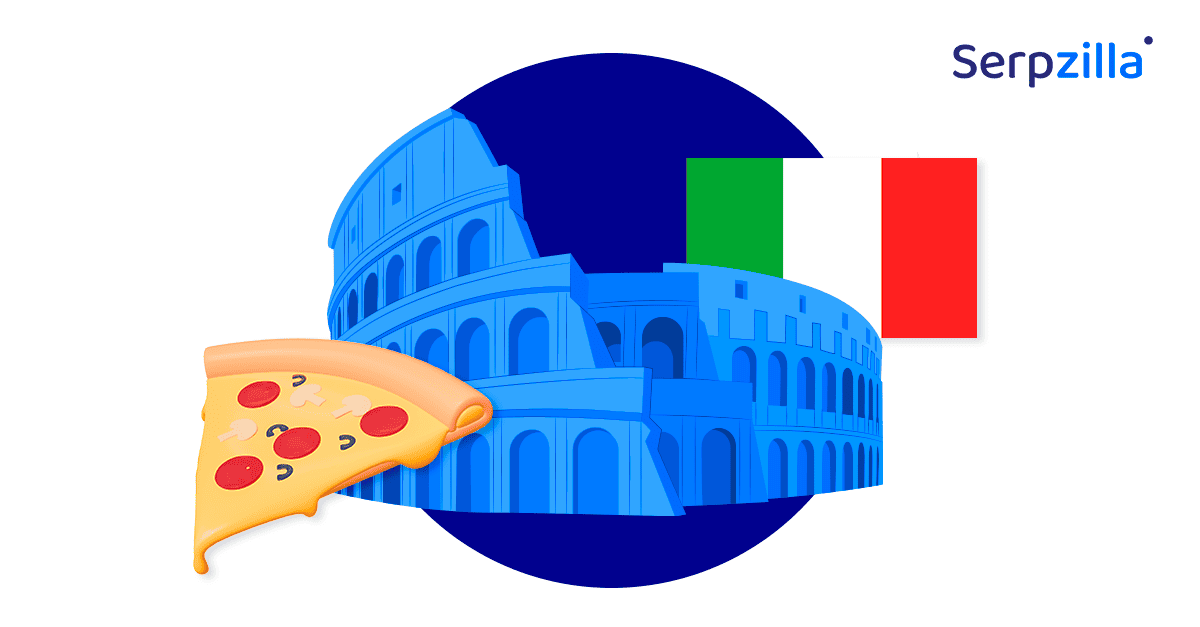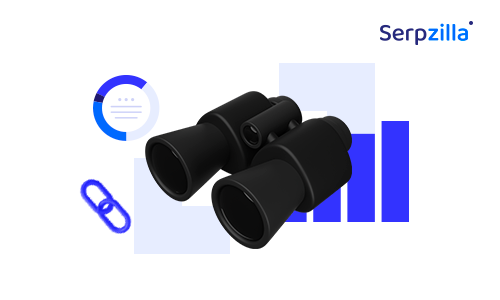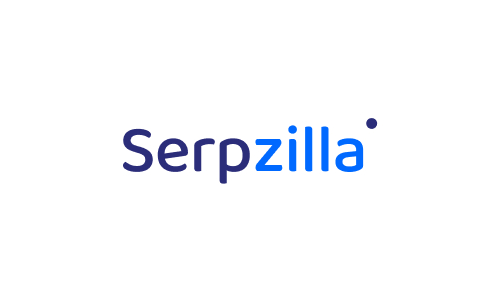The shortest definition of white hat link building would be staying on Google’s good side. In fact, it is a set of practices and techniques that SEO specialists use to acquire backlinks and that are considered ethical and sustainable by the Internet community and search engines alike.
Now, exactly what practices and techniques are considered white-hat has been changing over the years. Google tends to make its ranking algorithms more strict with time. What was considered okay only a couple of years ago may not be attributed as white hat today.
In this article, we will talk about what is white hat link building, which techniques can be labeled as such, why it is important to stick to them and how much elbow room you have when it comes to their practical application.
White Hat vs. Gray Hat vs. Black Hat Link Building
Now, let’s take a look at the qualities all three kinds of link building have in 2025.
White-hat link building:
- The use of anchor texts features an organic mixture of long-tailed keywords, brand mentions and very few direct-match keywords.
- There’s no keyword stuffing and overoptimization and the keys themselves are diverse and natively implemented into placement content.
- It follows E-E-A-T (Experience, Expertise, Authoritativeness, Trustworthiness) principles that Google ranking algorithms use.
- It follows requirements for content according to Penguin and Panda algorithms.
- It uses unique content with very low or negligible AI and plagiarism scores
- It largely depends on or skillfully imitates organic link building
- It opts for nofollow attributes for obviously paid for links
- Content and links stay evergreen and remain safe and relevant even as Google releases updates to its algorithms
Grey-hat link building:
- Uses direct-match keywords and partial-match anchors more frequently, though with attempts to avoid blatant overoptimization.
- Relies on spun content or moderately rephrased articles and edited AI content. It reduces timing and costs of content creation, but leads to lower originality scores. Depending on the amount of spun content, could be picked up by Google as a red flag.
- Can use questionable practices, such as private blog networks (PBNs) or expired domains repurposed for linking. However, in this case a PBN network is usually of high quality and may successfully pass as natural links.
- Attempts to skirt around Google’s E-E-A-T principles and guidelines without outright violations.
- Often scrapes or semi-repurposes existing content, resulting in medium to high plagiarism scores.
- Often hovers on the edge of Google’s guidelines. This can make gray-hat links vulnerable to future algorithm updates.
- Demonstrates aggressive use of exact-match keywords without concern for diversity or organic integration.
- Often relies on fully automated or spun content with high plagiarism and plenty of AI slop.
- Includes openly manipulative and spammy practices such as bulk backlink purchases with no regards to relevance, native placement and content quality.
- Utilizes a lot of low-effort backlink placements such as forum comments, social media spam.
- Disregards E-E-A-T principles entirely, uses high spam-score sites as donors.
- Best-case scenario: such links aren’t even counted towards your rank, so they are a waste of time and effort at best. Worst-case scenario: your website gets slapped with an algorithmic punishment or a manual action. Both of these are hard to fix.
White Hat Link Building Techniques
Now, let’s discuss what link building strategies are considered white hat today and what is their chance to stay this way in the future.
However, before we dive into the techniques themselves, there’s one aspect that all of them rely on: it’s content. Quality content that is unique, human-made and complies with E-E-A-T principles is key to almost all white-hat link building strategies today.
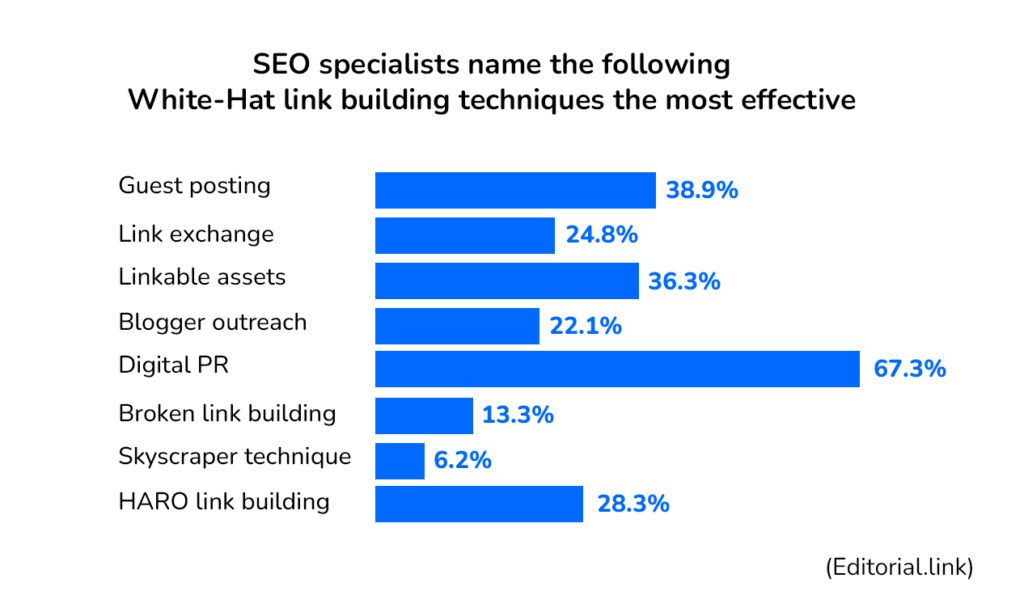
Guest Posting
One of the safest and most efficient white-hat link building tactics. It allows you to fully control the source content, the link properties and placement in most cases. As you select the donor blog yourself, you can also make sure it’s relevant and has required SEO metrics to make the link valuable.
Unfortunately, when done manually guest posting takes a ton of time and effort. You need to research and compile a pool of blogs, reach out to their owners and negotiate, create content.
This is where tools like Serpzilla come to your help. Serpzilla allows you to streamline most of guest blogging activities, from blog research to outreach. This kind of automation allows you to focus on what’s most important: quality content.
Why it’s White Hat:
- It focuses on providing valuable content to a broader audience.
- Guest post links and content stay evergreen
- Usually has a personal touch that adds uniqueness and individuality
- Good guest posts have high relevance and bring a lot of added value which goes inline with Google’s ranking algorithms
Digital PR
Digital PR is by right considered one of the most effective white hat link building techniques. It involves creating newsworthy, valuable content such as press releases, articles, research studies, and infographics and pitching them to various blogs, news sites, media, editorial articles, influencers.
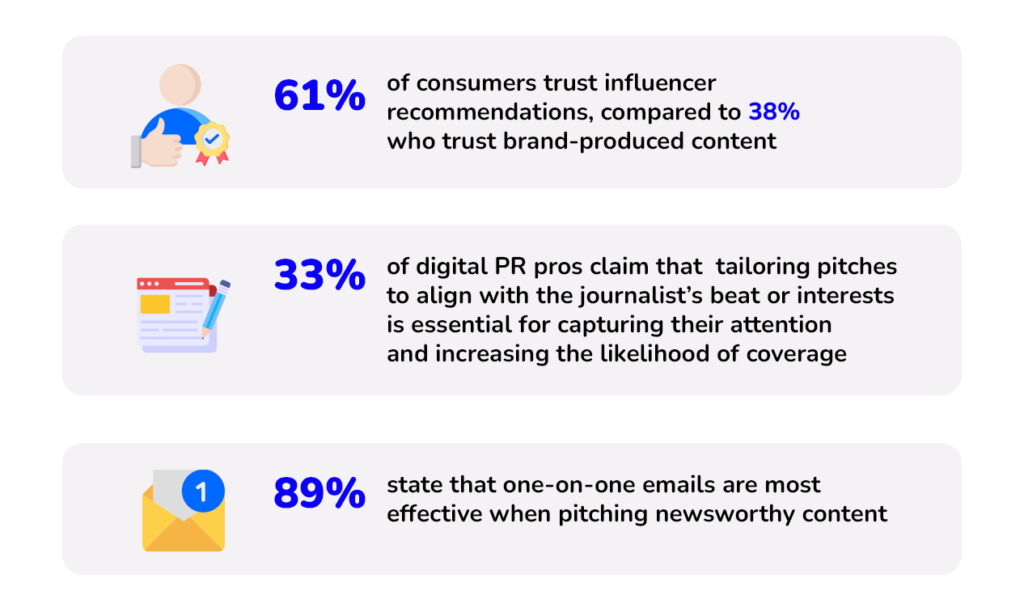
One of the best aspects about digital PR is that the link itself is often free, especially if the content you provide is valuable. When it is, it also adds value to the link donor website and is useful for its audience, so they gladly feature you for free.
What kind of content makes digital PR specifically effective and can garner free links?
- Researches, survey results, statistics based on actual user data (anonymized) and in-depth analysis of such data
- Engaging how-tos, tutorials, editorial articles. These become especially valuable if you are a known expert in the field.
- Infotainment content
- Cool new takes on trending things. For example, a 2D animation released a series of Ghibli-styles drawings of Game of Thrones characters when the series was approaching its finale. The content went globally viral and sky-rocketed the studio’s SEO and audience.
- Well-illustrated, crafted and structured personal experiences. Be it an engaging travel article or book review or gameplay analysis done with a lot of attention to details and personal touch.
Why is it white-hat:
- The quality, uniqueness and authenticity of content is key focus. This goes perfectly in line with Google’s E-E-A-T policies.
- Draws a lot of organic mentions, reblogs and backlinks.
- Digital PR doesn’t involve manipulative practices like buying links, using private blog networks (PBNs), or cloaking. Even if you pay for placement, your content will be scrutinized for quality and you will scrutinize the source for relevance, as digital PR is all about reputation.
- By getting featured on authoritative news websites, blogs, or industry publications, you not only gain backlinks but also enhance your brand’s reputation and visibility.
Broken Link Building
Broken link building is about finding broken links on websites and offering your content as a replacement. Many SEO tools like Ahrefs or Broken link Checker have specific features that allow you to analyze potential link donor sites and find 404 links.
Why is it White-Hat?
- It’s usually completely free.
- It improves user experience which is always good in Google’s eyes.
- It’s completely transparent and leaves no room for manipulation.
- It’s only successful when your replacement content is relevant and worthy.
Directory Submissions
You can submit your site to local and industry-related business directories. They range from 100-DA level ones such as Google My Business and Apple Maps, to Foursquare and TripAdvisor to smaller, more local or niche ones that nonetheless are excellent link sources.
Submissions are often free of charge and you can largely improve your link quality simply by adding more information about you, photos and other details.
Why is it white hat?
- These directories are often vetted and provide genuine traffic.
- They have features for authentic user generated content such as reviews
- It’s evergreen content and link, especially if you keep it up to date
- It’s often free of charge.
- Many directories have high relevance and domain authority, large ones reaching up to 100.
Collabs and Link Exchanges
This method involves building partner relationships with complimentary businesses and influencers in your field and engaging in various collaborative projects. Such collaborations help you access new audiences, boss all participants’ coverage, traffic and visibility, and are usually a win-win for all.
In terms of expenses, it largely depends on how you negotiate. It could be an exchange, where you place a link to them and they place a link to you. You can offer freebies to your partner or to their audience in exchange for a link. Any mutually profitable arrangement works.
Why is it white hat?
- Link placement is usually very relevant and native
- Even if you pay for it, it’s often natural-passing links
- Largely evergreen
- Draws genuine referral traffic
Tools for White Hat Link Builders
- Serpzilla: Ideal for automating outreach and research for guest posting and finding local backlink opportunities.
- Ahrefs: For backlink analysis, broken link building, and content gap identification.
- SEMrush: Tracks rankings, competitors, and link-building opportunities.
- BuzzStream: Streamlines outreach and relationship management.
- Hunter.io: Helps find email addresses for outreach for digital PR campaigns.
- Moz Link Explorer: Measures link authority and uncovers new opportunities.
3 White Hat Link Building Mistakes to Avoid
Of course, there are several pitfalls waiting for you when you decide to go white hat. Here are some common ones to be aware of.
- Thinking that a White Hat Tactic will stay White Hat Tomorrow
Strictly speaking, when it comes to SEO, content marketing is the only technique that is surely safe for years to come. There are plenty of examples when a legit link building method proved to be pessimized by Google with the next algorithm update.
The most recent example is AI content. Although modern AI tools are capable of writing very solid and coherent texts, they are easy to recognize once you’ve seen a few. For a time, it was perfectly legit to spawn AI-generated content and use it for marketing. But it also resulted in so called ‘AI slop’ flooding the internet.
In 2024 Google released an algorithm update that focused on content uniqueness and authenticity. So, now, if your text has a high AI score, Google will downrank your page.
- Neglecting Content Quality
As we have already stated, quality content lies at the core of all white-hat link building tactics. Without it, none of them would simply work. That is why you should always start with a content strategy and invest in its creation.
Good thing is, quality content pays off in many more ways than one and works both for your brand and customer loyalty.
- Ignoring Personalization of Outreach
Outreach campaigns are a part of many white-hat link building strategies. But they only work when there’s a personal touch. Most SEO specialists, for instance, state that they have trouble getting a response from journalists, influencers and other contacts.
If you simply spam with outreach emails and don’t tailor them, especially for important contacts, this will render your outreach ineffective.
Conclusion:
White Hat link building is safe and reaps a ton of benefits, but it is easy to slip into manipulative tactics and get on Google’s bad side if you’re doing it wrong.
White hat tactics often require careful planning and serious investment in content creation, they don’t bring immediate payoff. If you observe the key principles and tactics of white-hat link building described in this article, you will always be playing in the safe field and using your link building resources and potential to the fullest.



